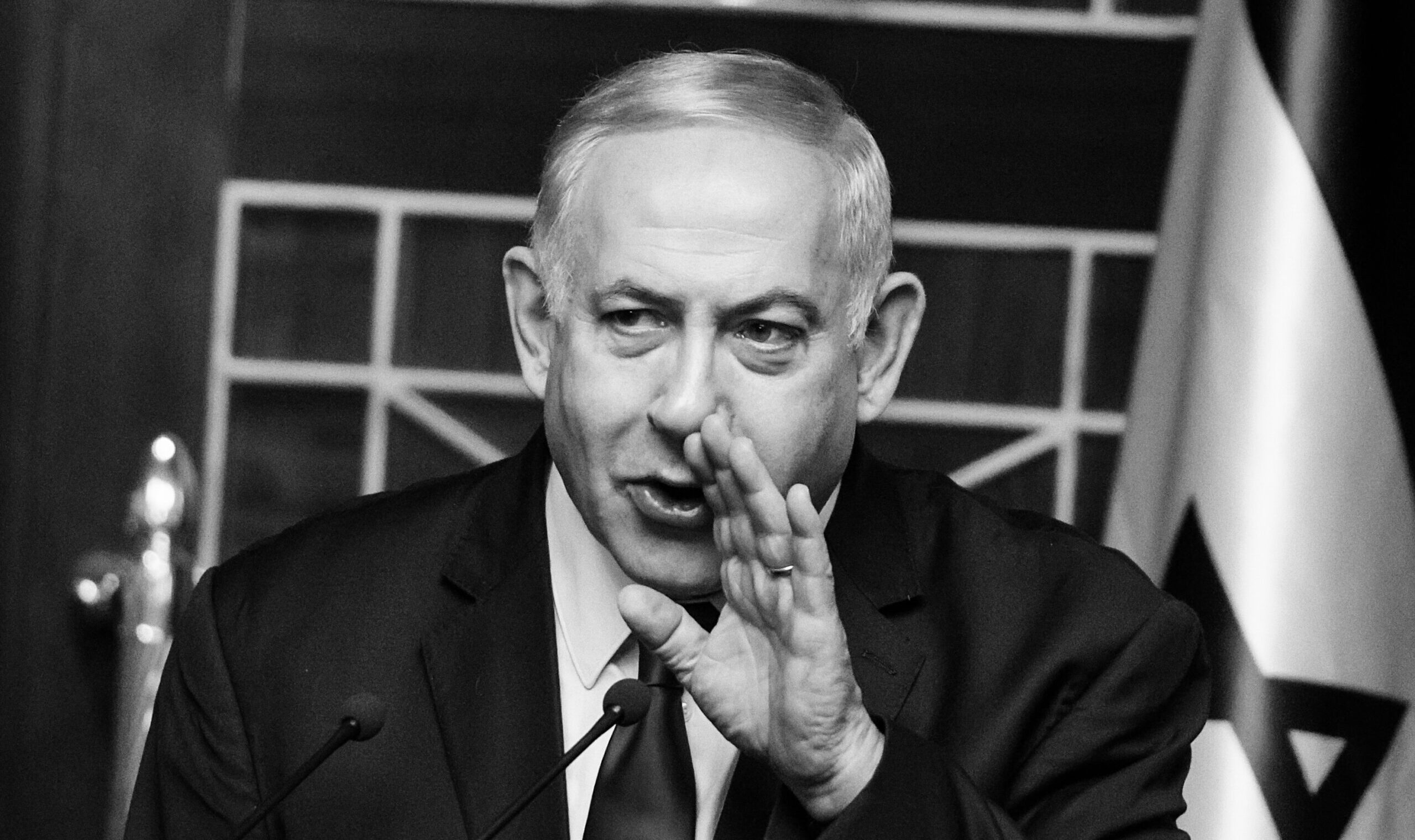


Loading the Elevenlabs Text to Speech AudioNative Player...
Backers of Israel’s brutal campaign against Gaza have lately been trying to justify the high civilian casualties with the talking point that Palestinians voted for Hamas. Even if we set aside how outrageously unethical it is to suggest a civilian population, half of which is children, ought to be collectively punished for its government’s actions, a number of glaring facts deflate the argument anyway.
First of all, Gaza’s population is extraordinarily young, with the median age falling somewhere between 18 and 20. Only about 20 percent of today’s Gaza residents are old enough to have voted for Hamas in the last election, which took place in January 2006. Of those, about 75 percent voted. And of those, only about 45 percent voted for Hamas. And from those you can subtract the tens of thousands who, naturally or unnaturally, have passed away since 2006. Do the math: It means that less than seven percent of those now living in Gaza voted for Hamas.
Second, the State of Israel has spent years propping up and solidifying Hamas’s rule in Gaza – mostly under the leadership of Prime Minister Benjamin Netanyahu.
Here’s a quick look at the damning recent history that many of today’s Israel-backers would rather the world forget.
Palestinians have not had one opportunity to vote since the General Palestinian Legislative Council elections in the West Bank and Gaza that took place in 2006. When Hamas won 74 seats to the Fatah party’s 45, it did so under the “Change and Reform” list. And “Change and Reform” is likely all that many of the Palestinians who delivered Hamas’s victory wanted.
The election was widely seen as a protest vote against the Fatah party, which was then in power both in the West Bank and Gaza. Fatah was accused of rampant corruption and had failed to make progress on behalf of the Palestinian people in negotiations with Israel to achieve an independent Palestinian state.
What’s more, Hamas’s victory in Gaza was mixed. From the perspective of most Palestinian voters, it was also conditional. Hamas won just under 45 percent of the overall vote. In Gaza, Hamas won some electoral districts, but Fatah made a strong showing as well. And while Hamas’s victory was too weak to amount to a political mandate, a Near East Consulting opinion poll conducted immediately after the election showed huge majorities of Palestinians calling on the Islamist party to moderate its hardline, unrealistic policy toward Israel and to make a peace deal.
So it’s no surprise that Hamas’s victory was not decisive enough to be the end of the story.
In 2007, a violent power struggle between Hamas and Fatah erupted in Gaza. In the end, Hamas took over there, but left the West Bank under the control of Fatah, which runs the Palestinian Authority (PA).
In that political division between Palestinians, Israel saw a unique opportunity to scuttle any chance of renewed negotiations toward a Palestinian state. Israel acted quickly, blockading Gaza and preventing any normal economic activity between Palestinians in the two (now somewhat distinct) jurisdictions.
Before long, nothing and no one could go in or out of Gaza except under the strict control of Israel. And the divide between the Palestinians in the West Bank and in Gaza grew wider and deeper—ultimately amounting to a new situation that worked entirely against the interests of Palestinians and to the benefit of Israel: Two Palestinian semi-entities formed—one in the West Bank under the control of the PA, and one in Gaza under the control of Hamas.
Israel encouraged the division among the Palestinians at every opportunity. The more this new status quo could be entrenched, the easier it was for Israel to stall any real peace talks with the Palestinians to end its 58-year occupation of Palestinian territories. The excuse? That “there is no unified Palestinian authority to negotiate with.”
To deepen the divide between Palestinians and make it as close to permanent as possible, Israel even encouraged other countries, like Qatar, to support Hamas financially—thus encouraging Hamas to build its own state inside Gaza while Israel continued and sometimes ramped up its project of building illegal settlements in the West Bank.
As numerous mainstream news outlets have reported over the years, Netanyahu has gone so far as to secretly prop up Hamas by funneling millions of dollars in cash through the Qatari government.
In a widely reported comment that Netanyahu could only weakly deny, he told colleagues in 2019 that anyone “who wants to thwart the establishment of a Palestinian state has to support bolstering Hamas and transferring money to Hamas.”
“Our strategy,” he reportedly explained, is “to isolate the Palestinians in Gaza from the Palestinians in the West Bank.”
Netanyahu hardly had to say that out loud for it to be the clearly and obviously the case.
And in a sense, the strategy has worked well for Israel, because it freed their hands to grab more Palestinian lands in the West Bank and Jerusalem and to ward off any possibility of a two-state solution and lasting peace between Israelis and Palestinians.
But in a much deeper sense, Netanyahu’s gambit has not worked well.
Today we live in the burning wake of Israel’s cynical, cruel, and foolhardy policy of oppression and control—an approach that rivals the Bush-Obama foreign policy establishment of the U.S. in its deep unpopularity and in the carnage it has brought about.
Netanyahu has not only destroyed tens of thousands of lives—including those of the countless women and children brutally killed in Gaza—but he has empowered the very terrorists who committed atrocities against Israelis on October 7, 2023, and he has deeply damaged Israel’s standing in the international community.
The damage both to Israelis and to the Palestinian community will take decades to repair, perhaps half a century or more.
A first step will be a complete, permanent, global rejection of Israel’s current, indefensible policy of lies and barbarism.
